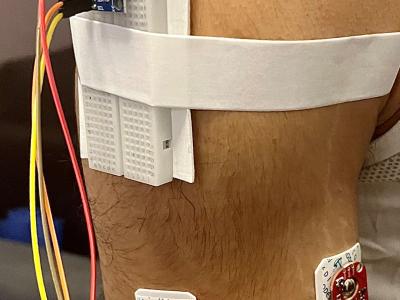Bicep Detection Using Electromyography and 3-Axis Accelerometer Data

- Citation Author(s):
-
Mohammed Abdul Hafeez Khan (Birla Institute of Technology and Science Pilani, Dubai Campus)Rohan Varma Rudraraju (Birla Institute of Technology and Science Pilani, Dubai Campus)Swarnalatha Rajaguru (Birla Institute of Technology and Science Pilani, Dubai Campus)
- Submitted by:
- Mohammed Abdul Hafeez Khan
- Last updated:
- DOI:
- 10.21227/7n0e-jm71
- Data Format:
 1533 views
1533 views
- Categories:
- Keywords:
Abstract
The Research Paper "Detection of Bicep Form Using Myoware and Machine Learning" based on the novel dataset has been recently accepted in September 2022 and is being published in SCOPUS Indexed SPRINGER Book Series “Lecture Notes in Networks and Systems”







